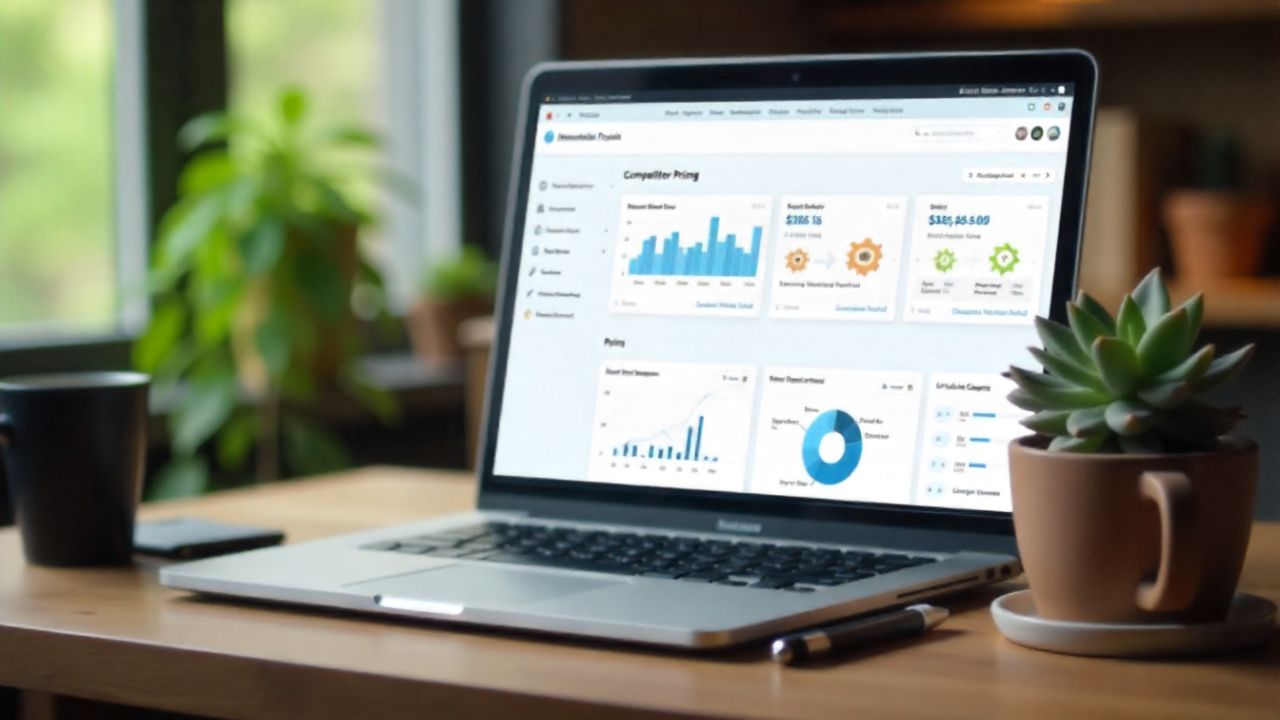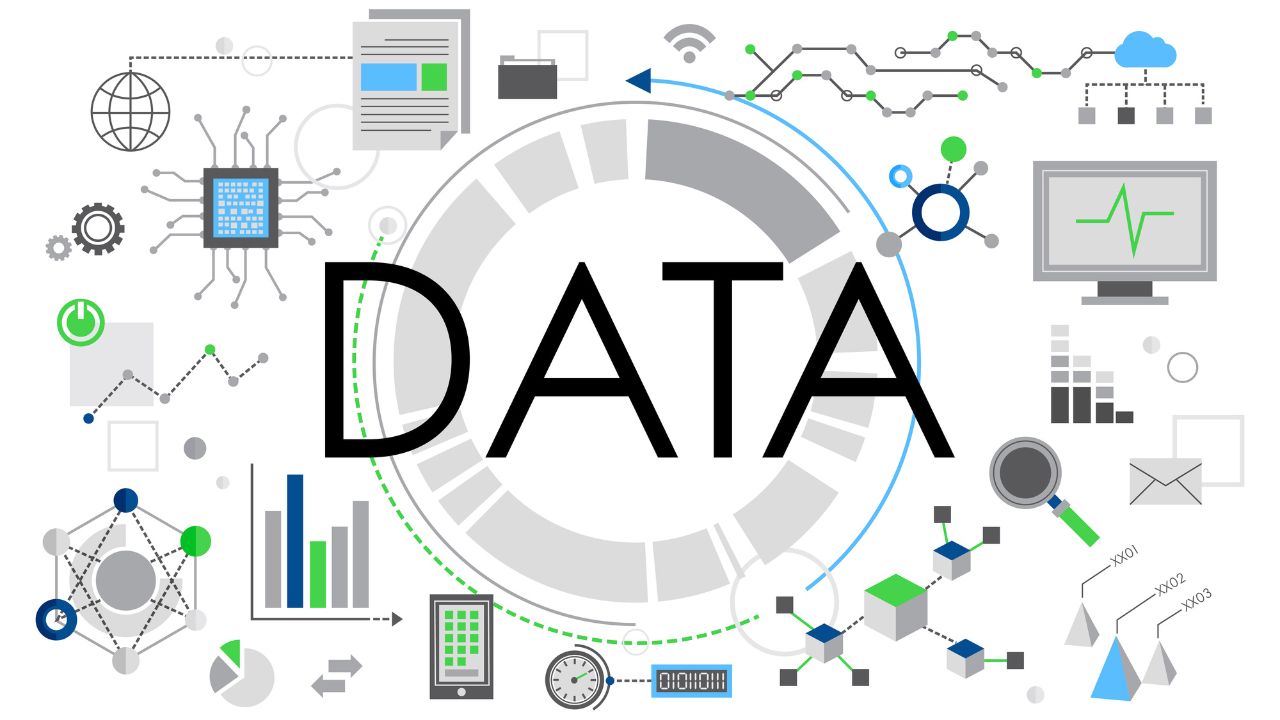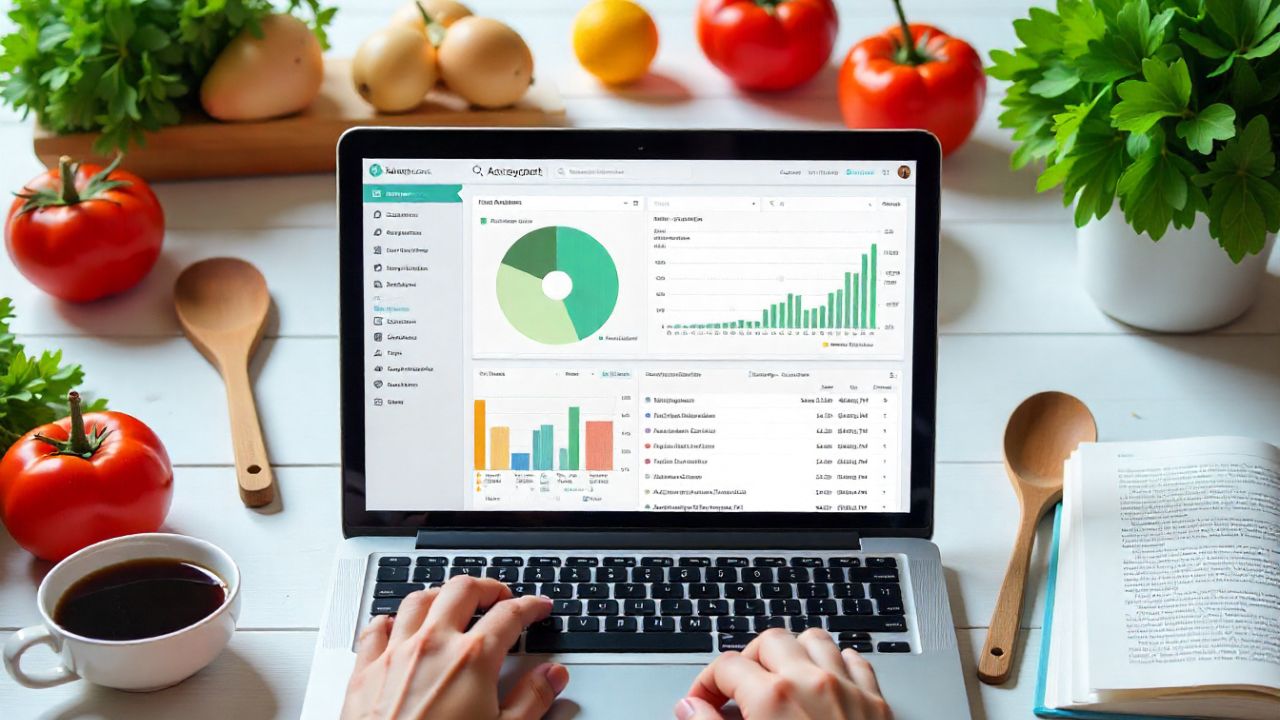Home < Blog < The Ultimate Guide to Datasets: Everything You Need to Know
The Ultimate Guide to Datasets: Everything You Need to Know
Posted on: October 28, 2024
In today's data-driven world, datasets play a vital role in interpreting information and making informed decisions. Whether you're a data analyst looking for datasets for analysis or a student interested in learning about data visualization, understanding datasets is crucial. This post will take you on a journey through the various dimensions of datasets, their types, where to find them, and how to utilize them effectively.
Types of Datasets
Datasets can be classified into various types based on their structure. Understanding these types can help you determine how to work with them effectively.
Structured Datasets
Structured datasets are highly organized and are often stored in tabular formats, like spreadsheets or databases. Here are some key characteristics:
- Consistent Data Types: Each column in a table has data of the same type, making it easy to analyze.
- Easily Accessible: Because they are well-organized, these datasets are often searchable and easy to use.
- Common Formats: Excel files, SQL databases, and CSV files are common examples of structured datasets.
Unstructured Datasets
Unstructured datasets do not follow a predefined model, making them more challenging to analyze.
- Variety of Formats: Examples include text documents, images, audio files, and social media posts.
- Need for Preprocessing: These datasets often require additional processing and cleaning before analysis.
- Rich in Information: Despite being more difficult to handle, they can contain valuable insights.
Where to Find Datasets for Data Visualization
Data visualization is a powerful way to present data clearly and effectively. Here are some excellent sources for finding datasets for your visual projects:
- Kaggle: A popular platform housing a vast array of datasets for various domains, ideal for data visualization and analysis.
- Google Dataset Search: This tool allows users to discover datasets hosted across the web.
- Data.gov: A service of the U.S. government that provides access to a wealth of publicly available datasets.
- World Bank Open Data: Provides a rich repository of global financial and development datasets.
Popular Datasets for Analysis
When searching for datasets, choosing ones that have already gained traction can be beneficial for reliable insights. Consider exploring the following popular datasets:
- Titanic Dataset: Frequently used in data science education to demonstrate classification problems.
- Iris Dataset: A classic dataset for pattern recognition and machine learning.
- COVID-19 Data: Continually updated datasets focused on the pandemic's impact.
- World Happiness Report: An interesting dataset measuring happiness across different countries.
- These datasets not only provide practice opportunities but also come with ample documentation, making them easier to understand and analyze.
Datasets for Statistical Analysis
Utilizing the right datasets is crucial for performing accurate statistical analyses. Here are some excellent resources:
- UCI Machine Learning Repository: A reliable source of datasets suitable for statistical learning.
- StatLib: A collection of datasets primarily for use in statistical learning.
- OpenStat: This platform offers a multitude of datasets primarily focused on statistical data.
- Choosing datasets that match your analytical goals will improve the quality and credibility of your statistical results.
Best Practices for Working with Datasets
Familiarizing yourself with certain best practices will significantly enhance your ability to work with datasets efficiently:
- Data Cleaning: Always begin by checking your datasets for missing values and inaccuracies.
- Understanding Metadata: Familiarize yourself with the metadata associated with the dataset to comprehend its nuances.
- Data Visualization: Use visual tools to simplify the interpretation of complex datasets.
- Sharing and Collaboration: When necessary, share your datasets through platforms like Google Drive or GitHub for collaboration.
By applying these best practices, you can ensure that your work with datasets is effective and impactful.
Conclusion
Datasets are invaluable resources in the fields of data analysis and visualization. Whether you're exploring structured datasets or diving into unstructured ones, the potential for insights is vast. Embrace good practices and explore sources that provide rich datasets for your needs. By doing so, you set yourself up for success in your data-driven projects.
Latest Posts
Find a right dataset that you are looking for from crawl feeds store.
Submit data request if not able to find right dataset.
Custom request




